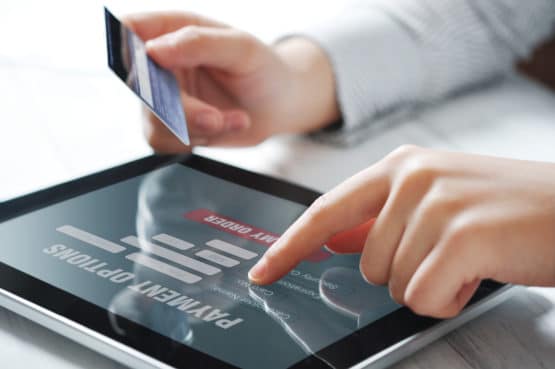It’s no secret the B2B market is years behind B2C desires and demands. While consumers are trusting technology to manage their money, businesses are still counting on checks and manual processes to pay for products and services. In fact, PayStream Advisors ePayments Report shared that 46% of businesses still rely on printed checks to pay suppliers. Even though checks and manual processes may seem effective and easy to manage, there are many reasons why they aren’t the most effective choice.
1. Costs
There are many hidden costs and fees with paper checks that organizations often minimize or ignore. According to a recent Entrepreneur article, it costs anywhere between $4-$20 to process one paper check. When you add up the cost, remember the postage. Whether using USPS or other delivery services, companies must account for hard costs including envelopes, stamps, and paper. Consider other internal resources that may be needed just to process one check from your business to a vendor.
The most expensive hidden cost that companies don’t factor in is manual labor. Many companies struggle to determine an exact dollar amount to attach to this expense, but you can start by simply considering the decreased productivity that accompanies paper in the payments process.
Think about the time staff spends filling in the blanks and stuffing envelopes. Instead, employees could use that same time to focus on analyzing reports and data to build a case for more efficient processes and resources.
Businesses that adopt AP automation can reduce accounts payable and payment costs by up to 60 percent. In fact, according to PayStream Advisors, 82% of organizations reported a noticeable improvement after AP automation implementation. That includes cutting costs from manual tasks, heavy lifting of paper payments and recovery from expensive errors.
2. Fraud risks
If your organization continues to count on paper checks as the primary vendor payment method, accounts payable fraud is likely in your foreseeable future. Paper payments and invoices are the leading causes of fraud for the finance department.
This is because paper checks can easily be replicated. Recent reports show that payment fraud is at an all-time high. Seventy-eight percent of organizations were targeted in 2017, up four percent from 2016. The report also shows that checks are still fraudsters’ top target, with 74% of businesses reporting that check payments were targeted for fraud. To fight fraud, organizations are relying on two weapons—Positive Pay and internal processes.
The only way to truly reduce fraud risks is to eliminate paper checks and manual processes. And to that end, most companies turn to AP automation.
With automated bill payment software, all paperless vendor, payment, and invoice information is stored via a cloud-based SaaS. With Positive Pay and AP automation, a report is created for every paper check to double-check for duplicate invoices and fraud attempts. The other anti-fraud tactic—internal processes— can also be effective, but it’s not guaranteed.
3. Late payment risk
If there’s one thing both businesses and vendors have in common, it’s their dread of late payments and poor B2B payment processing.
The list of reasons why companies pay vendors late is extensive. It could be dissatisfaction with services, or the invoice was lost in the shuffle. But the most common reason for late B2B payments is limited control and visibility into the accounts payable cycle. Antiquated, slow, paper-based payment processing limits visibility into payment details, including due dates and amounts. Manual AP workflows also run the risk of duplicate payments to vendors and payments to fraudsters based on fake invoices. Let’s not forget that paper processes drive up B2B payment processing time, costs, payment problems, and manual entry mistakes.
4. Supplier relationships
While many businesses still use paper checks and manual processes, suppliers are ready to welcome the accounts payable digital disruption. A recent webinar shared survey results from suppliers asked about ePayments: 82% of suppliers said they are “likely or are very likely to accept” a new method of payment from buyers; 72% of respondents said they would prefer being paid electronically (via ACH or VCC).
Electronic payment systems also give suppliers the control and visibility they deserve in the payment process. When buyers use electronic payment systems, suppliers can easily check the status of payments without constantly calling buyers for updates. Other ePayment supplier benefits include faster B2B payments with improved cash flow and security. There’s also the elimination of time and money spent processing paper-based checks.
Organizations that recognize the risk of paper checks are now implementing e-Payment systems to safely and quickly send and manage vendor payments. Technology is making it easier for finance departments to process and manage payments without the heavy lifting. To learn more about getting rid of paper and automating your AP process, learn about our solutions.



